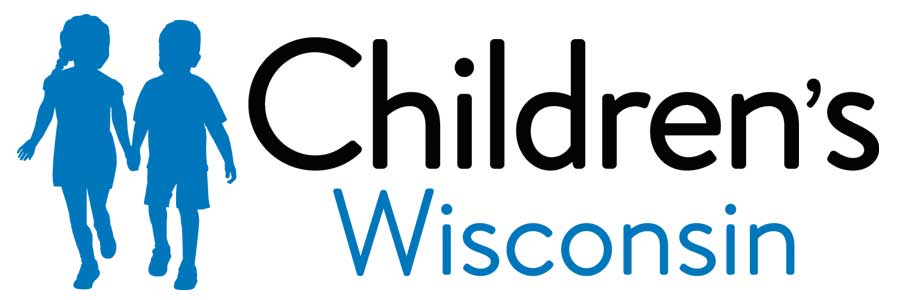Brachial cleft anomaly surgery
Key points below
What is a branchial cleft anomaly?
A branchial cleft anomaly is tissue along the neck or ear that did not form as it should. It may look like a small, painless pit or hole near the ear or along the side of the neck.
Anomalies show up in 3 ways:
• Cyst. This is a pocket of fluid. It may feel like a lump or mass under the skin.
• Sinus. The tissue may form a tract, like a tube. It connects to the skin and may look like a small pit in the skin.
• Fistula. The tissue forms a drain. The drain starts inside the throat and goes to the outer surface of the skin.
If the anomaly gets too big it may make it harder to breathe or swallow. They are normally seen in children, but may also be found in adults.
The anomaly may drain fluid or mucus. If your child has a respiratory tract infection, the anomaly may be tender, enlarged or inflamed. If it becomes an abscess, your child will need antibiotic medicine.
What causes it?
These anomalies are present from birth (congenital). They are formed before your baby is born. Some of the tissues in the head and neck area did not grow together properly. There is nothing you could have done to prevent it.
How is it diagnosed?
A healthcare provider will look at your child’s history and do a physical exam. A CT or MRI of the neck may be done to find the exact location or size of the anomaly.
How is it treated?
Your child’s doctor will talk with you about treatment for your child. The doctor will watch the anomaly for any problems. Surgery may be needed. If it is infected, your child will need antibiotics before surgery can be done.
What do I need to know before the surgery?
Do not give your child these medicines at least 2 weeks before surgery. They increase the chance of bleeding during surgery.
• Ibuprofen (Motrin®, Advil®, Pediaprofen®)
• Naproxen
• Aspirin
You can give Tylenol as needed. Do not stop any prescribed medicines without talking with your doctor. If your child is put on any medicine other than an antibiotic before surgery, please call our office.
• We try to schedule surgery as soon as possible. If you have not heard from us in 2 weeks, please call our office.
• Surgery is best done when your child is healthy. If your child has signs of illness, call your child’s doctor or nurse right away. Surgery may be cancelled if your child is ill or has a fever.
What do I need to know after my child’s surgery?
Your child will need to meet these goals before going home:
• Taking enough fluids.
• Feeling comfortable.
• Getting back to some quiet activities.
What to expect
Pain
Your child may have mild pain for up to a week after surgery. Every child copes with pain differently. Give acetaminophen (Tylenol) or Ibuprofen as needed. If your child has bleeding issues, do not give ibuprofen.
• Your doctor may prescribe a stronger prescription pain medicine. This medicine is called a narcotic. Some narcotics contain acetaminophen (Tylenol). If your child is taking a narcotic, check with your doctor before giving Tylenol.
• If your child needs more pain medicine, call the nursing line at (414) 266 2982. After hours call (414) 266-2000. Ask to have the ENT doctor on call paged.
Be sure to follow the directions on the bottle label of all medicines you give your child.
Diet
• Your child may drink clear liquids when fully awake.
• Start a normal diet when your child is hungry and ready to eat.
Wound care
• Your child will have a small incision where the anomaly was removed. Stitches are put under the skin and will dissolve in the next few weeks.
• If the incision is covered with tape strips, they will peel off on their own in about a week. Some redness along the incision line is normal.
• After 24 hours, you may get the incision wet, dry thoroughly after water exposure.
• Your doctor will let you know if you need to put anything over the incision.
Follow up care
If your child does not already have a post-op visit scheduled, call your doctor’s office. Your child needs to be seen in 1 to 2 weeks after surgery.
Bathing and swimming
Check with your child’s healthcare provider about when your child can take a bath and swim.
Activity
• Your child should not play any contact sports or activities that could cause the incision to get hit. They may start regular activity as they are able after surgery.
• At your post surgery check up, your doctor will tell you when your child can go back to sports activities.
